La Cultura Cura/Culture Heals
Blanca Diaz, a curandera who practices in Long Beach, prepares a tea of chocolate and an herb called damiana, a Mexican plant used by the Maya and Aztecs that has also been found in Texas and other parts of Latin America. It is an aphrodisiac.
“Aphrodisiacs are given to stimulate someone else, and seen as these lusty herbs, but aphrodisiacs can also be used for self-love,” says Diaz. “It’s very calming for the body.”
Diaz runs workshops once a week outside of her one-bedroom Long Beach home, where she grows a small collection of herbs. She hosts workshops in a yard that she shares with other neighbors that live in the same property. Just blocks from the 710 freeway, her small plot of land is like mini oasis from the horns and tire screeches in traffic.
She sways around her kitchen in a long skirt and shirt she sells on her online shop, Mama Maiz or Mother Corn. A prenatal tea of nettles and raspberry, as well as a pain relieving compress traditionally used by the Chumash are among the items she sells.
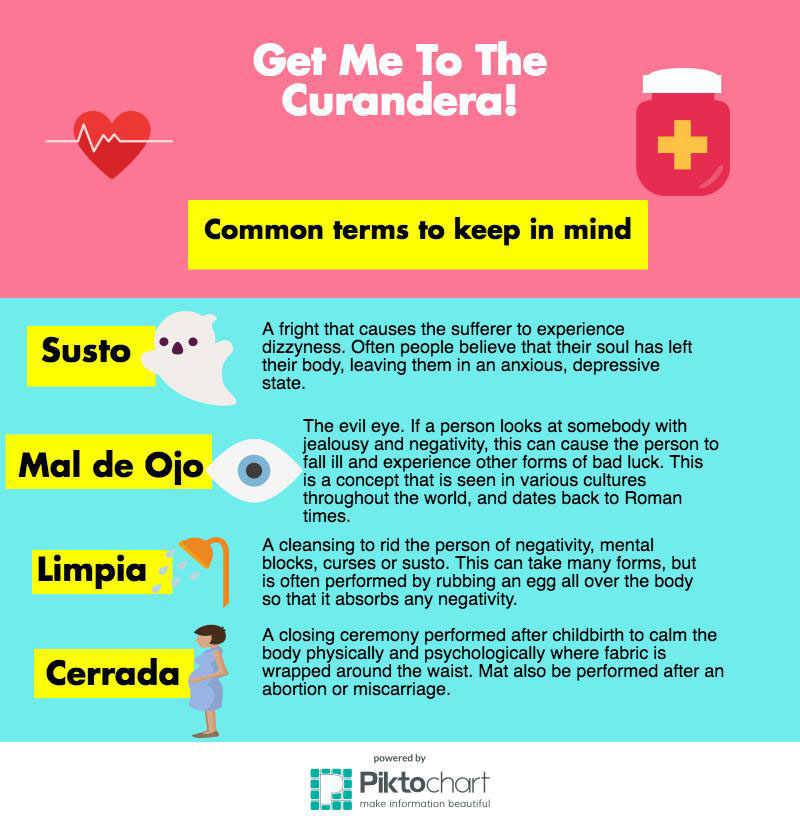
source:Biblioteca Digital de la Medicina Tradicional Mexicana
Diaz’ clients come from all walks of life. Some are single parents, and she believes it is important to talk about all bodies, and takes care to also knowledge and create space for trans bodies and members of the LGBTQ community, who because of discrimination and fear of being misunderstood, are often discouraged from seeing a doctor.
“We really have to create spaces where we are acknowledging all bodies, because if we don’t, we are going to keep a whole group of people from feeling loved and welcomed, and from getting the information that they deserve. I do my very best with providing those spaces, that’s pretty much all I can do. Even talking to a pregnant family, I can’t assume that they want to be addressed as a woman or a womb,” says Diaz.
Diaz is just one of many curanderas, or healers who live throughout Los Angeles county, that treats everything from lifting curses to providing alternative ways to treat ailments common in the Latino community, such as diabetes and high cholesterol. Dr. Gregory Roybal who has been practicing medicine for over 17 years at the Edward R. Roybal Comprehensive Health Center in East Los Angeles says many of his patients seek alternatives to the healthcare system, and have some form of belief in the supernatural.
“It’s easier because curanderos speak their language, knows their culture,” says Roybal. “The ability to communicate is much better than with a doctor who doesn’t speak their language or know their culture. The person they’re going to see is of the same socioeconomic status, so they understand each other. So people will be much more comfortable talking to their curandero than with their regular doctor.”
These patients believe not only herbal remedies, but the idea that someone may be cursed with the “mal de ojo,” or evil eye which are grounded in childhood. For Roybal, it is important to acknowledge and learn more about their beliefs to try and help improve their health.
“You go into this cold building that has to stay sterile, and you’re a number and you’re a name that gets passed down from office to office,” Diaz adds
With the outcome of the 2016 election, residents are concerned for their access to healthcare and any possible changes to the Affordable Care Act, or Obamacare.
Herbs And Their Uses
Scroll over the photos to learn about some of Blanca Diaz' favorite plants.

White Sage can be boiled into a tea to reduce coughing. It is also burned to ward of negative energy.

Mugwort is a dream herb, and can be boiled into a tea before bedtime to have more vivid dreams.
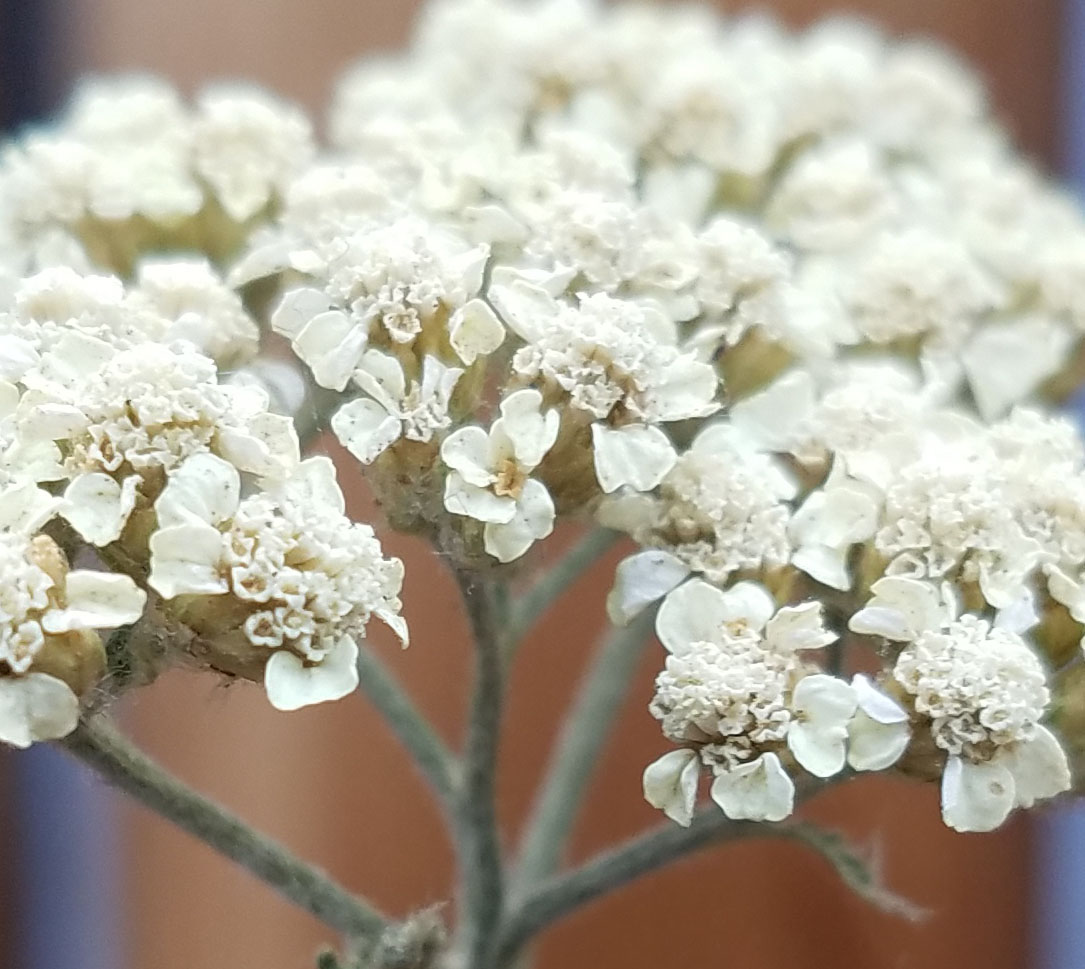
Yarrow is often used to sooth scrapes and burns, or added to bathwater for a relaxing soak.
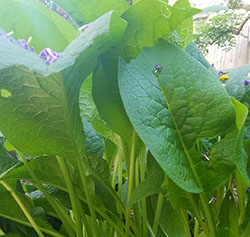
Comfrey can be boiled into a tea to help reduce coughing and aid in digestion.
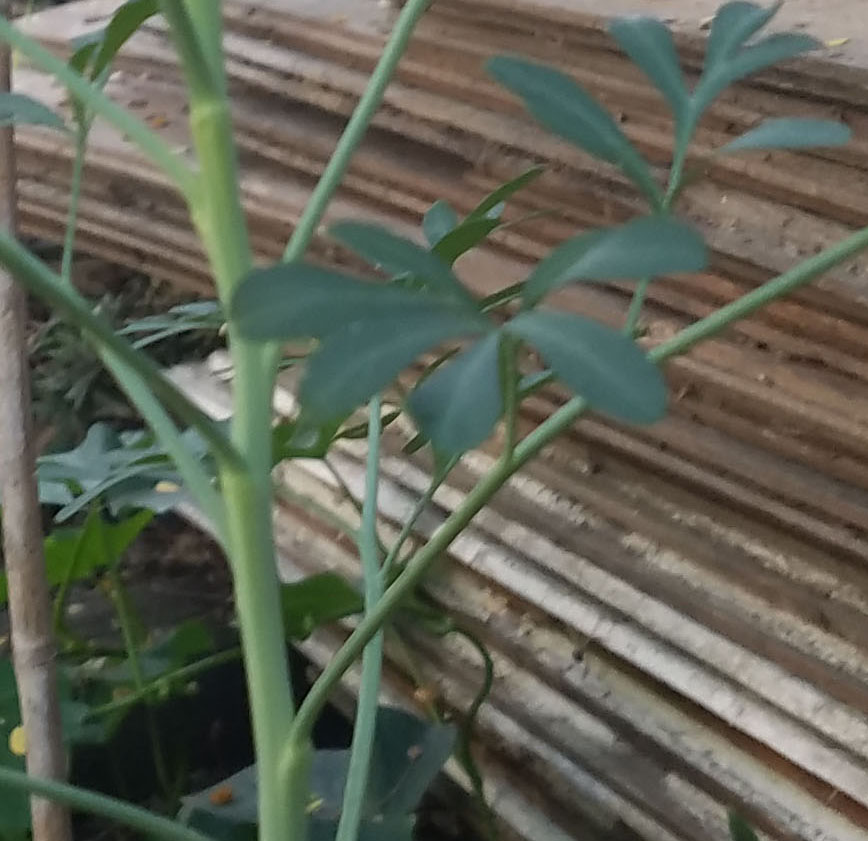
Ruda has a bitter taste, and can has anti-inflammatory properties. It is also toxic when taken in large doses, especially for pregnant women.
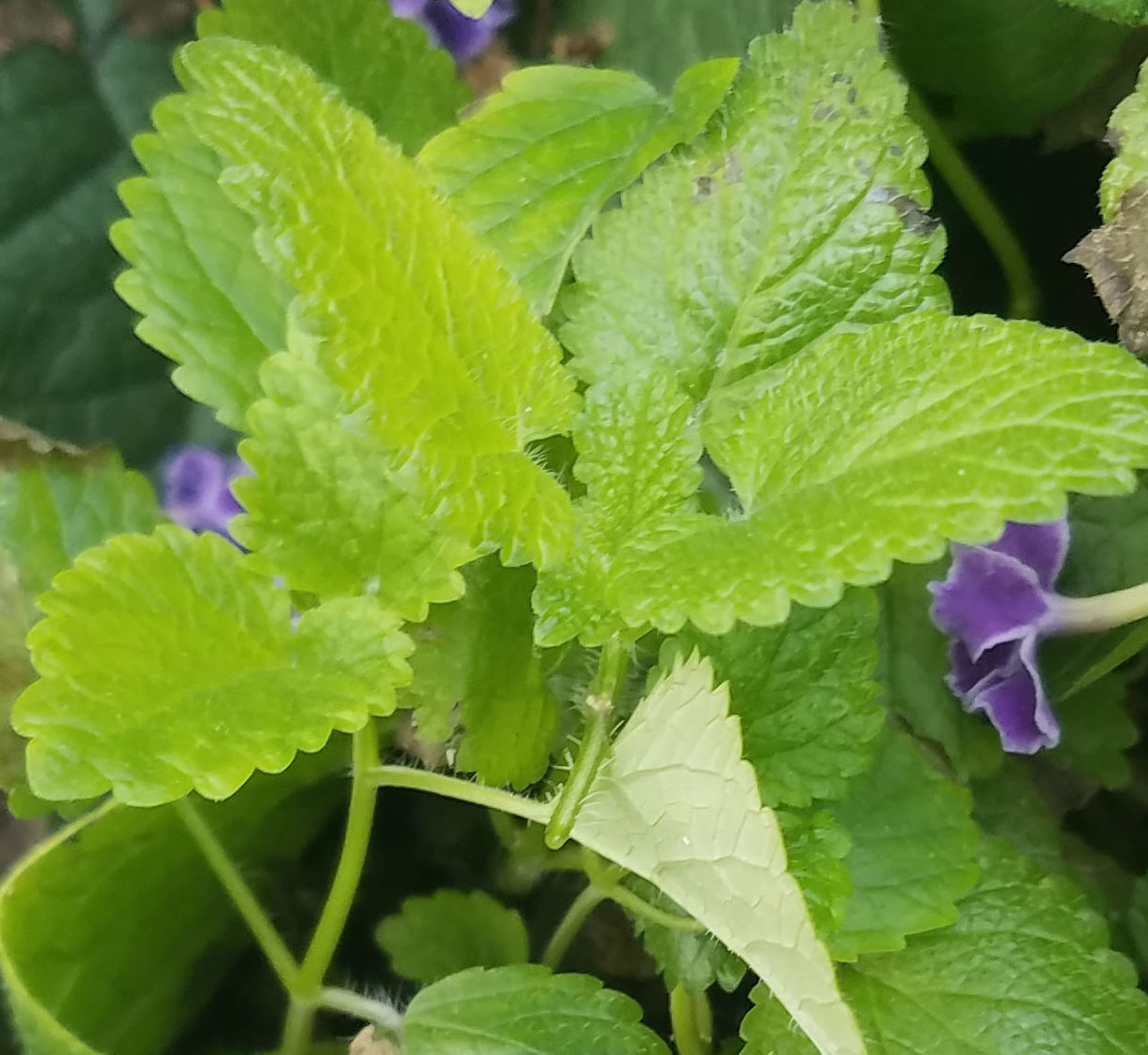
Lemon Balm has a lemony scent. It can be brewed into a tea to reduce stress and anxiety.

Please consult a doctor before taking any herbs.
The Center for Labor Research and Education at UC Berkeley found in a report released this October that undocumented immigrants are excluded from many health coverage options provided by the Affordable Care Act, and in California, almost 2 million people are expected to remain uninsured because of their immigration status. Undocumented adults are generally only able to receive emergency or prenatal care through Medi-Cal, California’s Medicaid program. The center also found that undocumented immigrants and their families are less likely to enroll in public programs for fear of deportation, and concern of ability to adjust their immigration status in the future.
Aside from herbal remedies and workshops on how to work with different kinds of herbs, Diaz is also a doula, and assists expectant families with their birth plans through massage, herbal baths and soaks. But Diaz does not “catch” babies as midwifery requires a license under the state of California.
Diaz began working with herbs about 15 years ago after leaving abusive relationships and getting sober from what Diaz calls “lots of heavy substances.” It was at this time that she developed a recurring cyst inside her right ear that caused her so much pain it made it difficult for her to stand. Over the course of five years, Diaz went back and forth to see a doctor who would drain the cyst, but didn’t take care of the underlying cause.

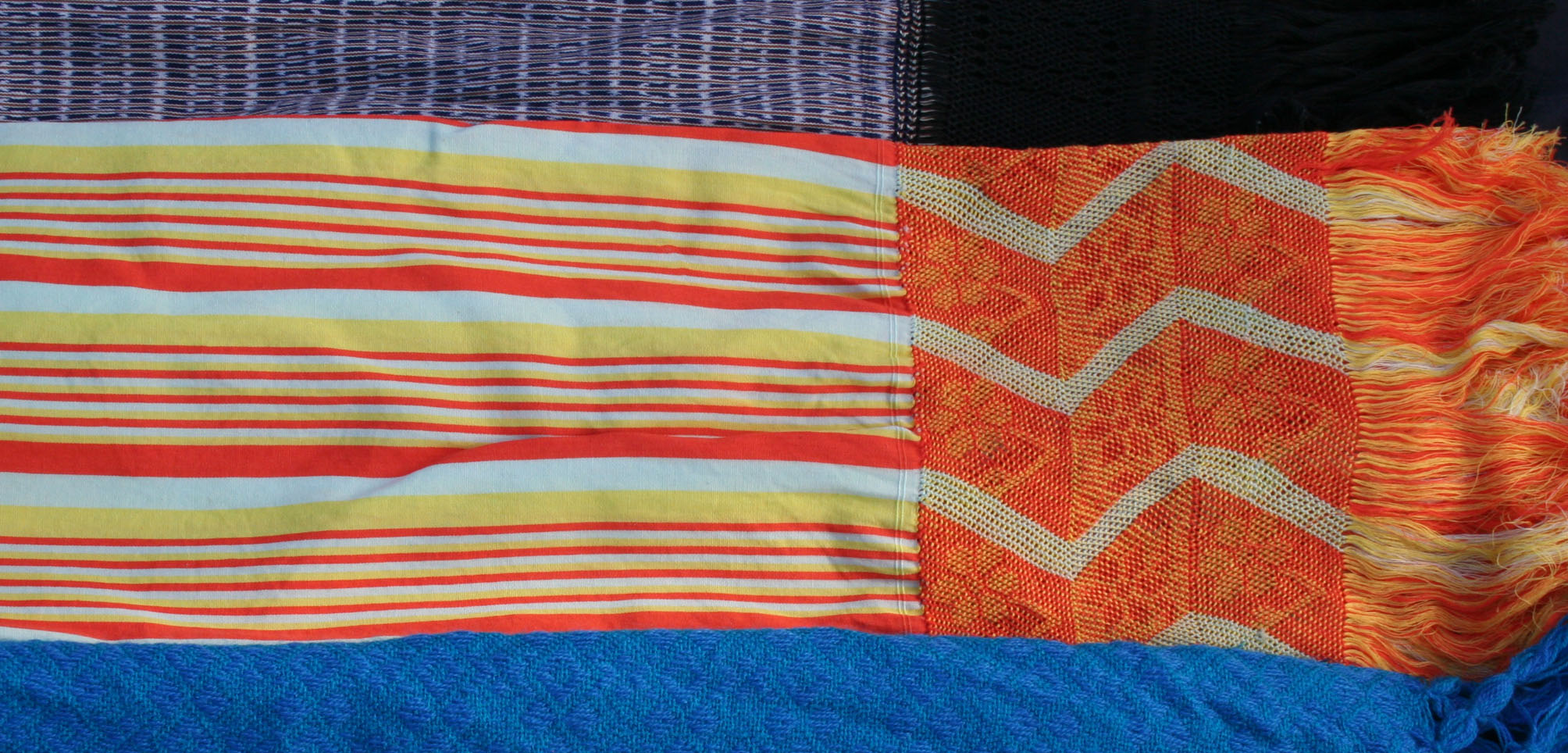
A rebozo is a rectangular fabric that is used as a shawl, hair-covering and as a baby carrier. Scroll over the photo to listen to Blanca Diaz talk about rebozos and pregnancy.
“We have always used herbs to cure very common ailments. Colds, flus, stomach pains, the stomach pain. We had all of that, but my family didn’t know how to assist me with this one case,” Diaz says.
She saw a curandera for the first time and never saw the cyst again.
“When I went to this curandera’s home, it was her home and it was a place of comfort, and there was tea, and there was food and there was a conversation. And that’s when I knew that this was going to work for me and it just felt right,” says Diaz.
“We feel like we have to go out to this special herbal shop to purchase our medicine, but that’s not the way our ancestors did it. Our ancestors grew their medicine. And we need to bring those traditions and ways back so that we are physically connecting to the plants. Building relationships with the plants, growing them, planting those seeds, so that we learn from them. We learn patience, we learn love, we learn how to care for something other than ourselves, or another human being,” Diaz says.
Diaz then began studying herbs with Julie James, an herbalist who is based in Long Beach.
Roybal, who grew up in New Mexico is no stranger to the work of curanderas. His grandmother regularly practiced herbal remedies to clear up colds, and an aunt who still soaks pieces of potato in vinegar and then placed the concoction on people’s feet to draw out fever.
“A lot of the things they have to say are actually pretty good, like for example, I hear a lot that nopales (the prickly pear cactus) are good for diabetes. It turns out that nopales actually are good for diabetes, because of the way the carbohydrate in the nopal is structured, it releases very slowly as it’s digested so your blood sugar level doesn’t spike up.”
Unlike eating a bowl of rice or pasta, nopales keeps the body satiated because the carbohydrate ends is released more slowly. Instead of the blood sugar going up really fast, as it does with other refined carbohydrates, the blood sugar remains low and constant.
He says sometimes patients use common folkloric ailments such as mal de ojo and susto because they have a hard time explaining symptoms of anxiety, depression or other mental disorders they may be having.
“I tried to frame it in a way that for him I thought would help him, so what I ended up doing was talking to him and say ‘hey look, it sounds like what you’re experiencing is really scary. And makes you feel very anxious and sad. We have therapists here who would kind of help you in dealing with those feelings. Figure out new ways to be able to cope with what you’re feeling. So that whatever brujeria that’s trying to affect you’”.
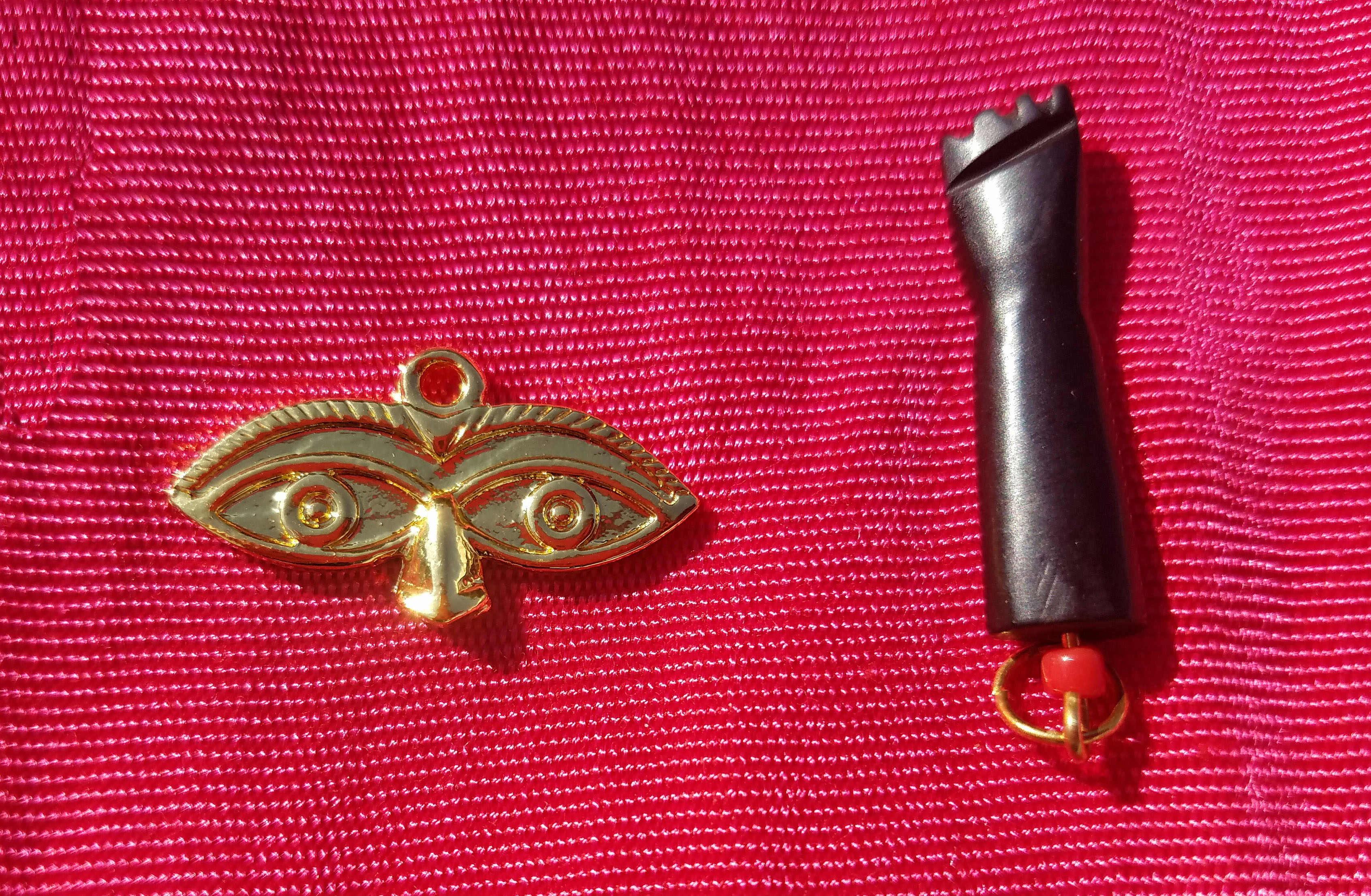
Ojos de Santa Lucia and azavache are common charms to guard babies against the mal de ojo.
“They often ask me, is it ok if I use colita de algo, you know they use a folk name for an herb. I really don’t know what it is, I just know that you need to be careful because sometimes because these herbal medicines, even though they’re natural, they can still hurt you,” says Roybal.
Herbs may have a lot of drug/food interactions that affect the medicine a patient may be taking. Grapefruit for example, affects the body’s ability to metabolize some drugs, and cause the drug level in the blood to skyrocket, which can then harm the muscles or cause kidney problems.
Though Roybal maintains that the placebo effect is more powerful than drugs or herbs, he still carries around two talismans that his wife, who is Cuban, gave him: los ojos de Santa Lucia (the eyes of Saint Lucia) and an azavache, which is a piece of jet that is carved into a fist. These are often put on baby blankets to ward babies of the evil eye.
“The power that envy or the evil eye has is how much do you internalize it. If you don’t internalize it, it’s not going to bother you, but if you internalize it, that’s when you may have issues with anxiety, depression, and often when people are stressed out, they’ll have abdominal pain, anxiety attacks and shortness of breath,” says Roybal.

With the insecurity of the undocumented and other vulnerable members of society brought by the 2016 election, Diaz is taking a more active approach to healing her community. She organizes healing circles targeted towards queer people of color, where guests sit around a fire, drink tea, receive limpias and express their emotions. These circles are almost like group therapy sessions, but with herbs, which Diaz gives her guests to take home.
“That’s what we need to be right now. We need to be what our ancestors were: resilient. Our ancestors were resilient because they had ceremony. They had rituals, they had community. These are the things we need to get back to , so that we can be fully protected and in power and walk out there , go to our protest if we wish to, walk in areas where we’re not expected to walk,” she says.
"We’re going to be working against some great evil for the next couple of years. We need to empower and heal one another and build community so we can feel safe and we can feel grounded."
